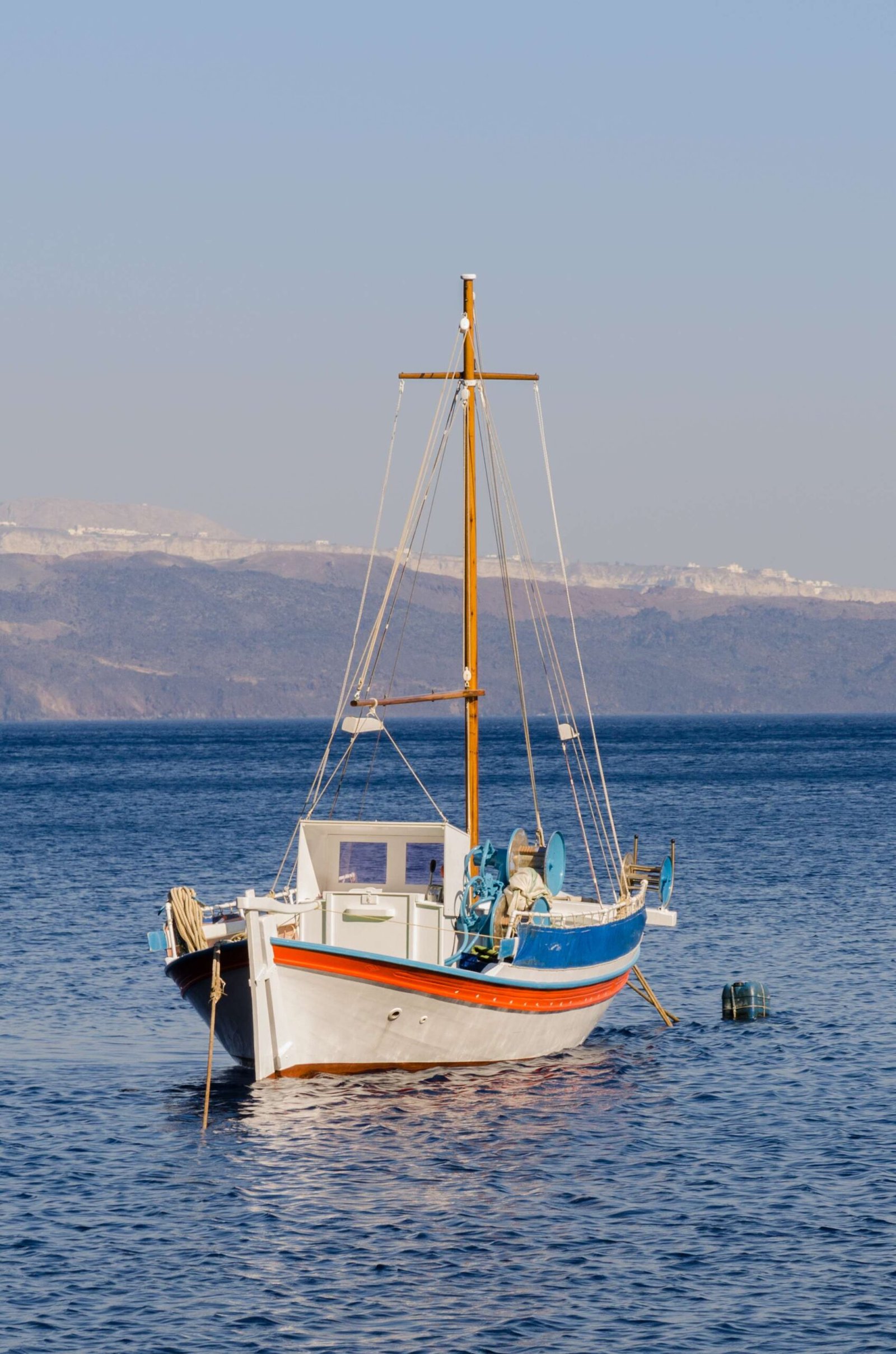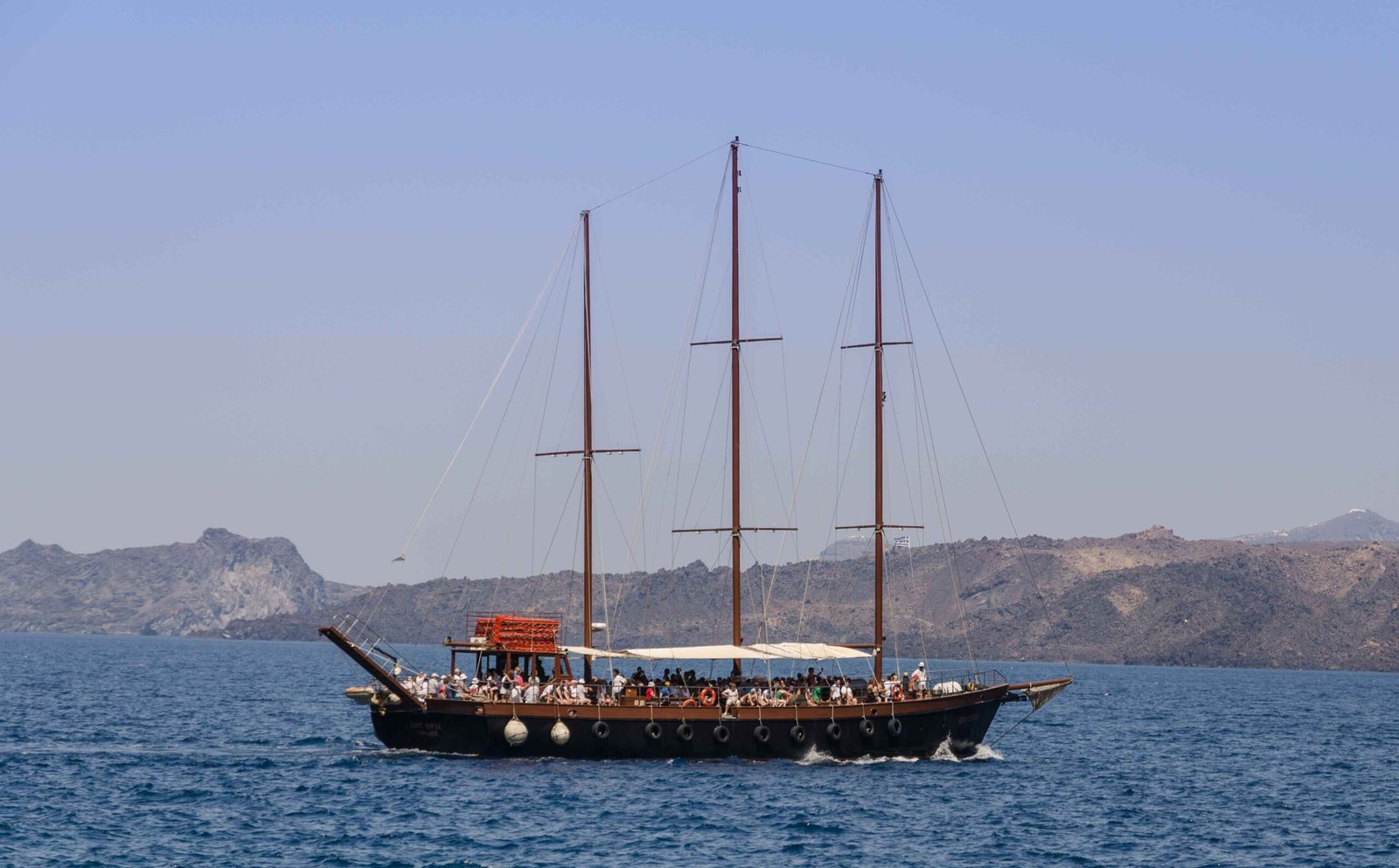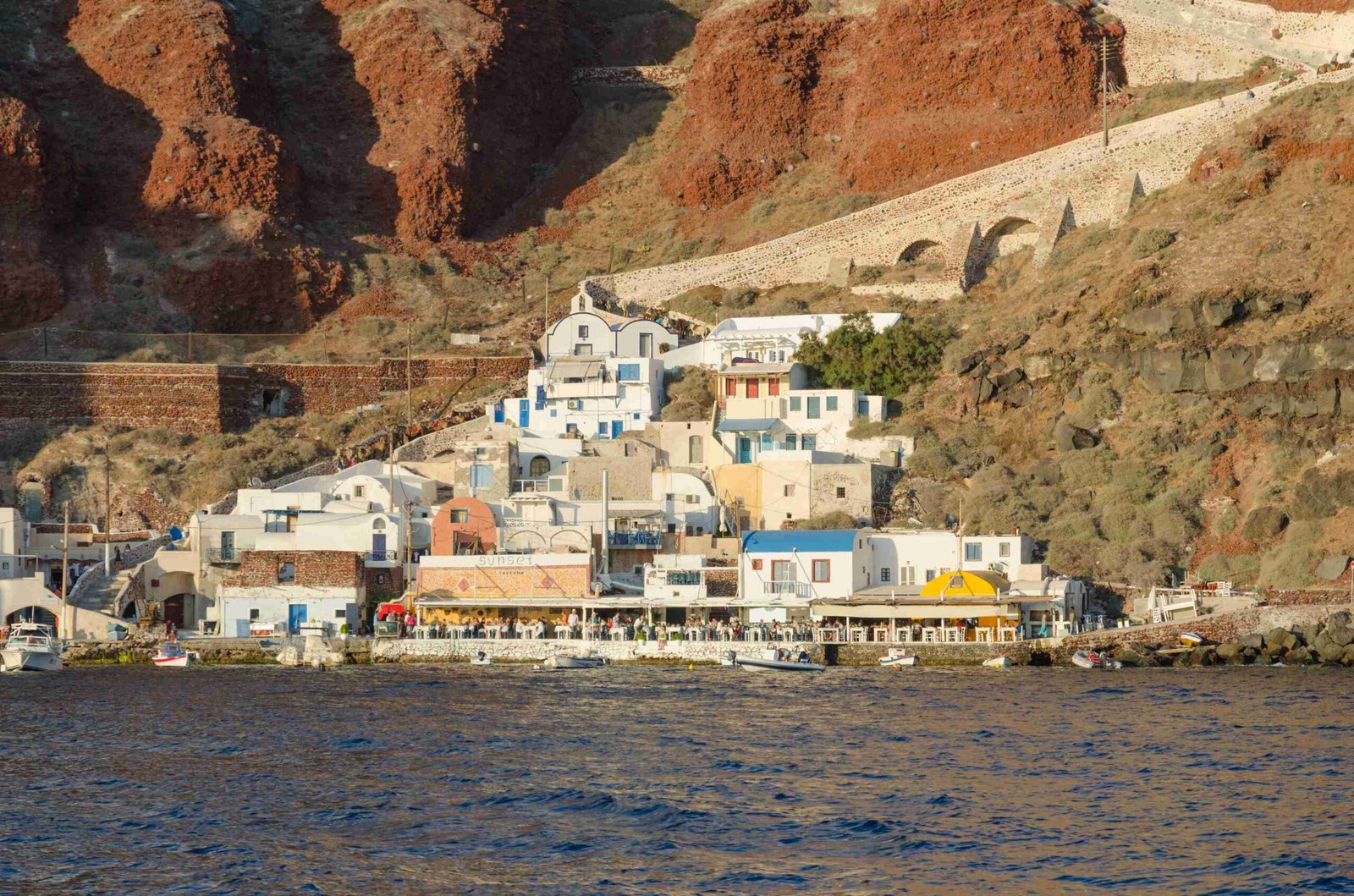Santorini’s architecture history is a captivating tale of adaptation and resilience. From ancient Cycladic settlements to modern luxury resorts, the island’s buildings reflect its volcanic landscape, historical events, and cultural influences. Whitewashed houses with blue domes, cave dwellings carved into cliffs, and neoclassical mansions all contribute to Santorini’s unique architectural tapestry, shaped by centuries of volcanic activity, pirate raids, and economic prosperity.
What are the Origins of Santorini’s Architectural Style?

The roots of Santorini’s architectural style can be traced back to the ancient Cycladic civilization. Early settlements on the island showcased sophisticated building techniques, as evidenced by the archaeological site of Akrotiri. This Bronze Age city, often referred to as the “Minoan Pompeii,” reveals multi-story buildings, advanced drainage systems, and elaborate frescoes.
Key features of early Santorini architecture include:
- Use of local volcanic materials
- Adaptation to the island’s rugged terrain
- Emphasis on natural light and ventilation
How Did Defensive Architecture Shape Santorini’s Landscape?

During periods of frequent pirate raids, Santorini’s architecture took on a distinctly defensive character. This led to the development of unique architectural solutions:
- Cave houses (yposkafos) carved into volcanic rock
- Narrow, winding streets to confuse invaders
- Fortified settlements built on high points
These defensive structures not only provided protection but also laid the foundation for Santorini’s iconic cave houses and labyrinthine village layouts that continue to charm visitors today.
What Role Did the Venetian Occupation Play in Santorini’s Architectural Evolution?
The Venetian occupation of Santorini, lasting from 1207 to 1566, left an indelible mark on the island’s architecture. This period saw the introduction of:
- Renaissance-inspired elements
- Fortified castles (kastelia)
- Catholic churches and monasteries
The blend of Venetian and Byzantine styles created a unique architectural language that is still visible in many of Santorini’s historic buildings.
How Did Economic Prosperity Influence Santorini’s Architecture in the 19th Century?
The 19th century brought significant economic prosperity to Santorini, primarily due to its thriving shipping and wine industries. This wealth manifested in the island’s architecture through:
| Architectural Feature | Description |
|---|---|
| Neoclassical mansions | Grand homes built by wealthy merchants and ship owners |
| Ornate public buildings | Banks, schools, and administrative buildings in neoclassical style |
| Expanded village layouts | Growth of settlements beyond their defensive cores |
These neoclassical elements added a layer of sophistication to Santorini’s traditional Cycladic architecture, creating a unique blend of styles that can still be admired today.
What are the Defining Characteristics of Santorini’s Famous White and Blue Architecture?
Santorini’s iconic white and blue color scheme is perhaps its most recognizable architectural feature. But what’s the story behind this distinctive look?
- Whitewashed walls: Originally a practical choice to reflect sunlight and keep houses cool
- Blue domes: Adopted in the 20th century, partly inspired by the Greek flag
- Lime coating: Used extensively after a cholera outbreak in 1938 for its antibacterial properties
This color combination, set against the backdrop of the azure Aegean Sea and the island’s volcanic landscape, has become a symbol of Greek island architecture worldwide.
How Have Modern Influences Shaped Santorini’s Contemporary Architecture?
While respecting its rich architectural heritage, Santorini has also embraced modern design principles. Contemporary architecture on the island often:
- Incorporates sustainable building practices
- Blends traditional forms with modern amenities
- Emphasizes luxury and comfort, especially in tourist accommodations
Many hotels and resorts on the island now showcase a harmonious blend of traditional Cycladic elements with cutting-edge design, creating spaces that are both authentically Santorinian and thoroughly modern.
What Challenges Does Santorini’s Architecture Face in the 21st Century?
As Santorini continues to evolve, its architecture faces several challenges:
- Balancing preservation with development
- Adapting to increased tourism without losing authenticity
- Addressing sustainability and environmental concerns
- Maintaining traditional building techniques in the face of modernization
These challenges require careful consideration to ensure that Santorini’s unique architectural heritage is preserved for future generations while allowing for necessary growth and adaptation.
Santorini’s architecture history is a testament to the island’s resilience and adaptability. From ancient Cycladic settlements to modern luxury resorts, each era has left its mark on the island’s built environment. As Santorini continues to evolve, its architecture will undoubtedly continue to reflect the island’s unique character and history, captivating visitors and residents alike for generations to come.
References:
1. Santorini.com – Architecture
2. Greeka.com – Architecture of Santorini
3. Santorini View – The Architecture of Santorini
4. Santorini Dave – Santorini Architecture

